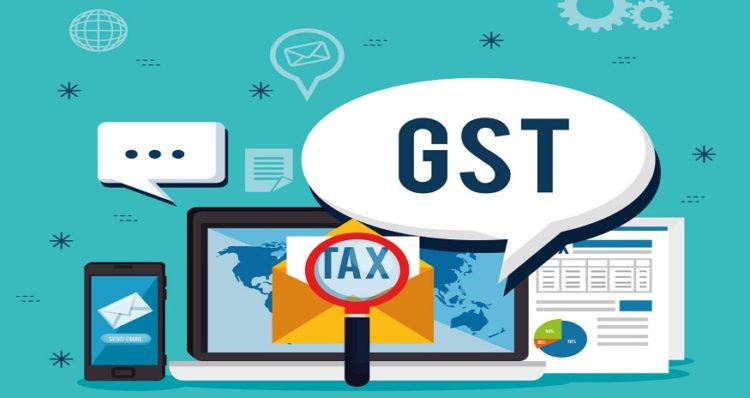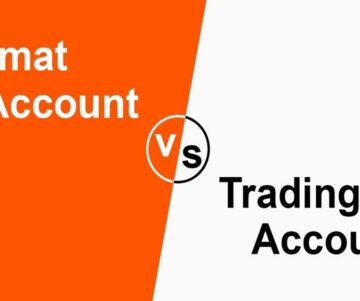
3 Ways In Which Electronic Invoicing Simplifies the GST Invoicing Process
admin | October 21, 2020 | 0 | Finance
Electronic invoice or e-invoice has been made mandatory for large taxpayers with an annual turnover of Rs. 500 crores or more from October 2020. Check out this post to know how this new e-invoicing mechanism can simplify the GST invoicing process.
Since July 2017, when Goods and Services Tax (GST) was first introduced in India, the tax regime has gone through several updates and changes. One such significant change is the introduction of e-invoice.
While the GST council approved e-invoice in January 2020, it has only been made mandatory for eligible taxpayers from October 2020. A significant reason for the GST council to introduce electronic invoices is reducing tax evasion.
Large taxpayers with an annual turnover of Rs. 500 crores or more now need to mandatorily create B2B and export invoices electronically on the official GSTN portal.
Apart from reducing tax evasion instances, e-invoice is also a significant step towards simplifying the GST invoicing process for the taxpayers. Here are some of the ways in which the new e-invoice mechanism can help-
1. Avoid Multiple Manual Entries
B2B invoices that are created electronically are directly sent to the AP (Accounts Payable) system of the buyers. This eliminates the need for multiple manual entries. Also, with e-invoicing, taxpayers will only have to report their invoice data once. It also helps reduce the need for reporting invoices in multiple formats, like GSTR-1 and e-way bills.
Moreover, the introduction of electronic invoicing will encourage taxpayers to automate their systems. Automation can also help businesses reduce manual data entry, which is not only time-consuming but highly prone to errors.
2. Faster ITC
Unlike the previous invoicing process, where the data was uploaded in the following month, e-invoicing is a real-time invoicing process. All the supply invoices can be tracked in real-time, making it easier and faster for the taxpayers to avail of ITC (Input Tax Credit).
As e-invoicing is a fairly transparent process, it will also help minimize the disputes with regard to ITC verification. This is because the invoice data will be shared with the tax department and the buyer directly within their purchase register in case of inward supplies.
3. Easily Create E-Way Bill
Businesses involved in the intra-state movement of goods are required to create multiple e-way bills regularly. The e-way bill is a two-part bill, wherein, Part-A needs to be filled by the person responsible for the movement of consignment valuing Rs. 50,000 or above. Part-B includes the transport details and is submitted by the person transporting the goods.
With electronic invoicing, Part-A of the e-way bill is auto-populated based on the verified electronic invoice created on the GSTN portal. Only Part-B of the bill needs to be updated with the vehicle details.
Simplifying GST, One Step at a Time
E-invoicing has multiple benefits not only for the tax department but also for the taxpayers. Eligible taxpayers can also consider a reliable e-invoicing solution to seamlessly comply with all the latest regulations while ensuring that such changes do not significantly impact their current processes.
With an e-invoicing solution, businesses can successfully implement e-invoicing and simplify their GST invoicing process. As expert guidance is available at every step, such solutions make e-invoicing adoption easier, faster, and efficient.


